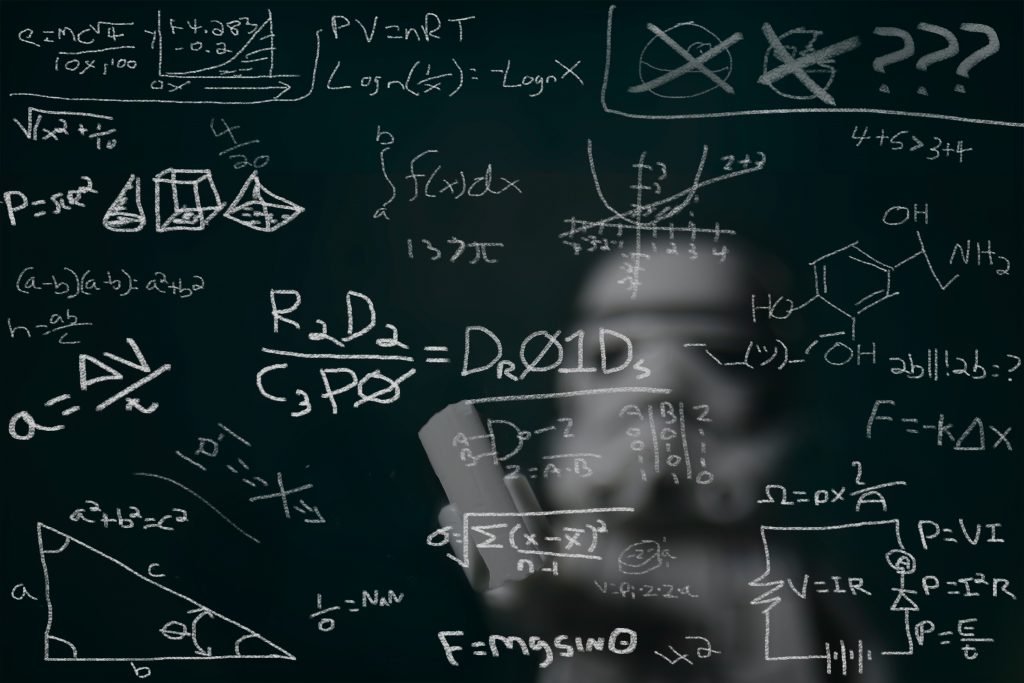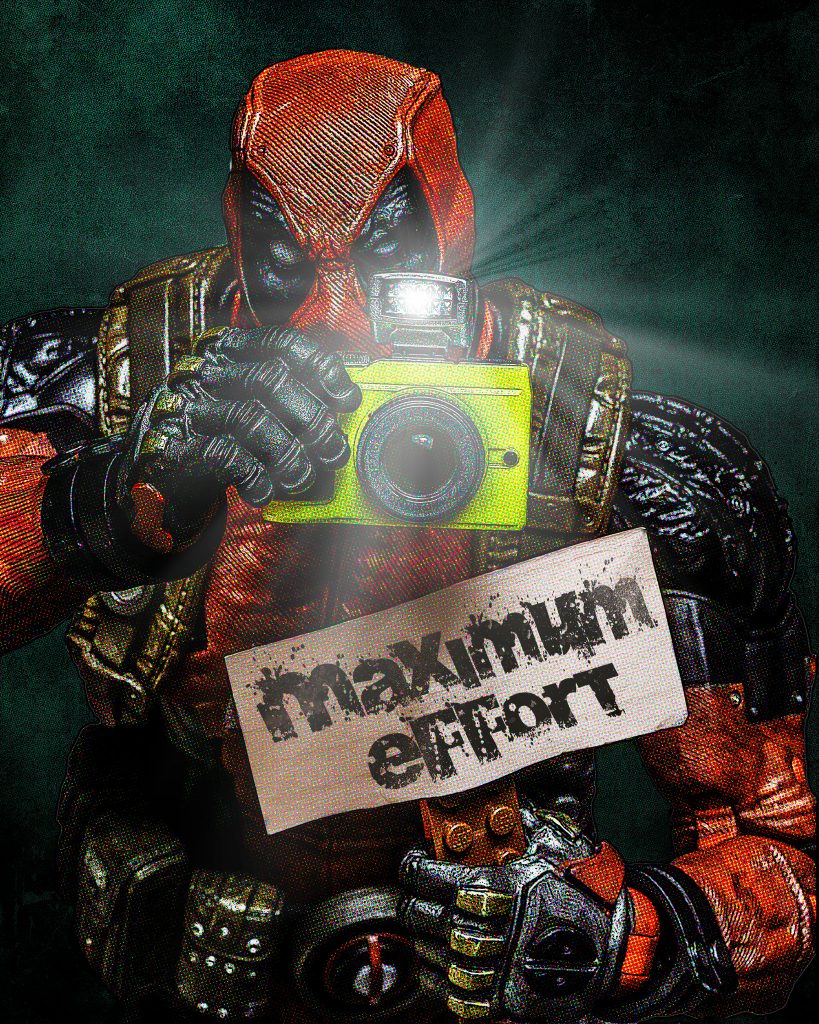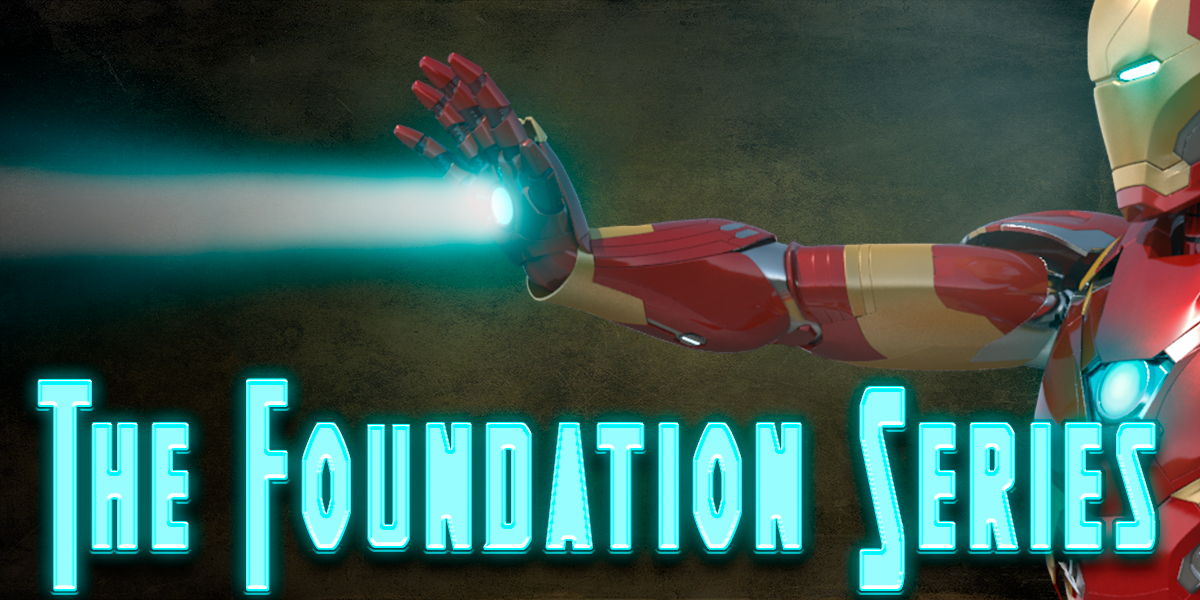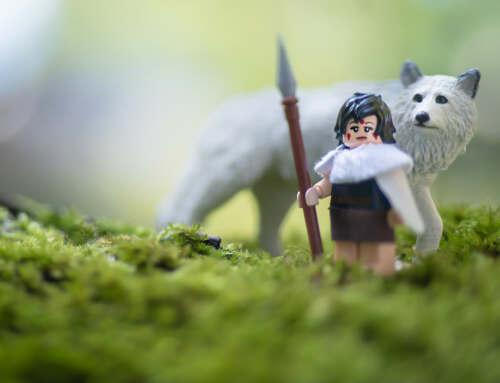As I travelled on my journey as a photographer and digital artist there was one concept that took me a long time to fully grasp. That is the importance of the photographer’s vision, and the lack of importance of the camera. Once I fully grasped this concept it became one of the most important insights I’ve ever had.
The funny thing about photography is that so very little of the time spent making an image has to do with pressing the shutter button. All of the magic in a successful photograph happens before or after the click of the shutter.
Photography is about light, colour, gesture, intent, composition, story. All of the technical aspects, f-stops, ISO, depth of field, shutter speeds, megapixels, sensor size, lens sharpness, are all just tools. They are a means to serve the end.
Photographers Create Images, Cameras Do not
When boiled down to its most simple function, a camera is just a tool used to capture light. The camera doesn’t care what light is being captured. It doesn’t care if the image it records is compelling, or beautiful, or impactful, or dull and boring. It just captures what is in front of it. The camera can’t control or shape the light. It can’t change how light falls across a face, or change a model that is unnaturally posed.
The photographer is the one that can control all of those things. It is the photographers job to create the image. They ensures the camera is pointed at the right scene in the right angle at the right time to capture a good image. They ensure the light falls the right way, and the model is posed correctly. All of the magic is in the interaction with the environment and the photographer.
When a photographer comes across a scene, whether out in the world, one one they create in a studio, it is their job to use all of the tools available to capture an image. Sure they will use a camera to capture the image, but it is everything the photographer does beyond that is what makes the difference between a great image and a crappy one.
Toy Photography Is No Exception
This is doubly true of toy photography. Regardless of the situation, whether in studio or in the real world, the moment we place a toy figure down is the moment an image begins to be made. Long before the camera clicks we need to make those decisions that ultimately affect the final image.
Do we place our figure in the light, or in the shadow? Do we place it so the light is coming from the side so it looks like a portrait, or place it so the light is behind, creating drama, or below to give a creepy feel? What pose will we use? How much background do we include? Do we frame wide to catch a lot of background, or close in to minimize it?
The camera doesn’t care. The camera will capture whatever light falls onto its sensor. The camera’s job often takes less than 1/60th of a second. The camera doesn’t give care, it just does. Caring is the domain of the photographer.
Knowing which decisions to make, and making those decisions happen, that is where the real magic lies.
Pre vs Post Processing
Other decisions may include how much to do in camera, or how much to do in post. If there is a distracting background element, do you try to remove it in camera by changing the angle of the lens, or do you decide to clean it up in Photoshop later? Will you add in extra light and shadow by using lights, or will you dodge and burn later? Will you throw some sand or blow some smoke, or add all of that in post? The choice is yours.
Even if you are a Photoshop wizard, some things are easier to do in camera, and some things are easier in post. Light is easier to capture in camera – after all cameras excel at capturing light. Depending on the situation smoke effects may be easier in camera, or in post. However things like creating a realistic lightsaber glow, or making a droids eyes glow, is much better done in post.
If you think about it, doing special effects in post is how Hollywood does it as well.
So to be successful at photography we need to spend less time worrying about camera settings, and more time studying light, colour, and gesture. These are the true tools of a photographer. They are the things that make the difference between a snapshot and a photograph. It is these things that makes the difference between craftsman and artists.

Luckily most good photos don’t require a lot of math, eh?
Of course we can’t completely ignore the camera. The capabilities of the camera are an important factor in how the image is captured. Understanding the camera is important. However the fact remains, the camera, whether a cell phone, a cheap point-and-shoot, or the best DSLR that money can buy, all the camera does is capture light. A very important role, but it is just one step in a larger process.
An Encouraging Final Word
Ansel Adams once said that “there is nothing worse than a sharp image of a fuzzy concept”. The camera takes the sharp photo. It is the photographer that sharpens concept.
So I would encourage all of us toy photographers to spend more time studying all of the tools we photographers use. Study how light falls on objects, and how different angles affects mood. Take the time to watch people and notice what gestures they do are compelling, and which are boring. Study colour and find out how they work together, and how they make us feel.
Therefore, before you pick up your camera to make your next photograph, use light, gesture and colour to create and craft your image. Make the decision as to what needs to be done in-camera, and what needs to be done in post. Change the models pose or position to ensure the light and gestures match your vision. Sharpen the concept.
Then, and only then, click the shutter and capture your art.

Give maximum effort to sharpening the concept before clicking the shutter.
[Dave]
If you’ve made it this far, come continue the discussion over at our G+ community! While you’re at it, subscribe to our weekly email round up so that you never miss a post, and find previous episodes of the podcast!







To me, there is two different kinds of toy photography: planned and spontaneous. Planned toy photography results in the well thought out images that have a lot of story behind it. Spontaneous toy photography is when you grab your camera and toy and go outside and start taking photos with little to no planning. I think both can be great, and I personally tend to gravitate toward spontaneous toy photography, but in the long run, I think planning out your photography is what helps you become a better photographer.
Thanks for the comment Demarcation Media!
Not only is planning a part of it, but learning the things that makes a great photograph. Understanding light and colour, and posing etc, are all important, and they can be applied to shots that are planned for weeks or months in advance, or shots one decided to take 5 minutes ago.
One example, this past June I hiked to the top of a mountain on the Blue Ridge Parkway, and came to an overlook that had a 270 degree view of an amazing series of valleys. I had nothing planned shot-wise, but I had a stormtrooper that I always carry in my bag. So as I looked around and enjoyed the view, I decided I wanted to shoot the Stormtrooper looking out over one of the valleys that laid before me.
The overlook was surrounded by rock walls – kind of looked like an old fort. I examined the area, and noticed about 4 places where I could set up the figure and get a shot of him sitting on the rocks, resting, and enjoying the view. Everything was the same color, and I knew the gestures I wanted (sitting on a rock, looking outwards, relaxed posture), so all that was left was background and light.
I looked at the sun to see which way light was falling, and determined which one provided the more serene light as it fell on the model. I also looked at the view to see if any were prettier than the others. I picked the one that had the best light, and the prettiest view, placed and posed the figure. Once I had all that set up (best use of light, and gesture) I clicked the camera shutter. The whole thing took about 5 minutes from the moment I decided I wanted to make an image. 3 of those minutes were waiting for the wind to die down enough to stop blowing over the model.
The image I got was a lot better than if I had simply placed the figure where I was standing when I was inspired to make the image (that spot I ultimately rejected due to improper light for my concept).
This is all to say this sort of concept sharpening I spoke about in the post doesn’t have to take a whole lot of time, and can be practiced even in spontaneous moments.